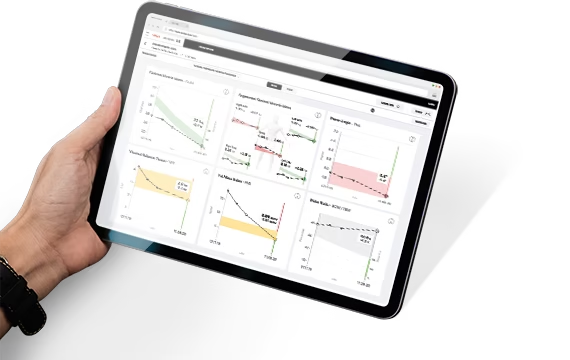Introduction
“Obesity is not determined by BMI alone.”
This perspective has recently garnered attention, and a Lancet Diabetes & Endocrinology (published online January 14, 2025) commission report (by Rubino et al.) has provided new insights on the topic.
Although a simple definition has long been “BMI of 30 or higher = obesity,” there are critical nuances that such a definition can miss.
In this article, we will explain the report’s proposed “new definition of obesity,” how it might impact our daily lives, and how we manage our health, all in plain language.
A New Way to View Obesity: Not Just About Weight
Many people rely on BMI to decide if someone is obese. However, since BMI is calculated using height and weight alone, it may misclassify muscular individuals as obese or overlook someone who appears slim but carries excessive visceral fat.
The report emphasizes the need to evaluate how much excess body fat is affecting organ function. This approach helps distinguish between someone who is actually healthy and someone who appears fine but has a higher risk due to adiposity.
Clinical Obesity vs. Preclinical Obesity
The commission divides “obesity” into two main categories: Clinical Obesity and Preclinical Obesity.
◆ Clinical Obesity
- Excess fat is already causing detectable issues or symptoms in vital organs (heart, lungs, metabolic function, etc.)
- Joint pain, breathing difficulties, abnormal blood sugar or lipid profiles are present
- Higher health risks, so specialized treatment and support are recommended
◆ Preclinical Obesity
- Excess body fat is present, but no significant organ damage or symptoms have emerged yet
- A higher likelihood of progressing to metabolic diseases or clinical obesity
- Regular health check-ups and dietary/exercise modifications are essential
This distinction helps determine whether “immediate treatment is required” or “preventive care and lifestyle improvements should be prioritized first.”
Looking Beyond BMI and Checking Organ Impact
It’s increasingly important to focus on how excess fat affects organs like the heart, liver, blood vessels, and joints, rather than just body weight.
For instance, shortness of breath, high blood pressure, high blood sugar, or knee pain interfering with daily life could mean you meet the criteria for “Clinical Obesity.”
On the other hand, an expanding waistline, high body-fat percentage but no obvious symptoms yet might be classified as “Preclinical Obesity,” where early intervention is key.
Advantages of This New Definition
◆ Easier Access to Appropriate Support
- Individuals who aren’t identified as “obese” by BMI alone can still receive proper care if their visceral fat is at a risky level
- People with symptoms are clearly categorized under “Clinical Obesity” and can receive specialized treatment or support
◆ Understand Your Own Condition and Take Action
- “No pain yet, but a high level of body fat” → Adjust diet and exercise to prevent progression
- “Knee pain is already present” → Weight management and rehab may be top priority
In this way, the best strategy can be tailored to each individual’s stage.
Conclusion
According to this recent report, there is growing momentum to move beyond using only “BMI” to define obesity, shifting focus to “what excess fat is doing to your organs” instead.
Whether you’re addressing Preclinical Obesity to stay healthy or Clinical Obesity requiring earlier medical intervention, it’s a good idea to find out “how much body fat you really have” and “whether your knees or breathing are under strain.”
Taking the right actions as early as possible, guided by accurate information, could be your best path to a healthier life.
References
- Rubino et al. (2025). “Definition and diagnostic criteria of clinical obesity.” The Lancet Diabetes & Endocrinology. Published Online January 14, 2025. https://doi.org/10.1016/S2213-8587(24)00316-4
- World Health Organization. “Obesity: preventing and managing the global epidemic.” 2000.
- Foster et al. (2003). “Primary care physicians’ attitudes about obesity and its treatment.” Obesity Research.







Comment